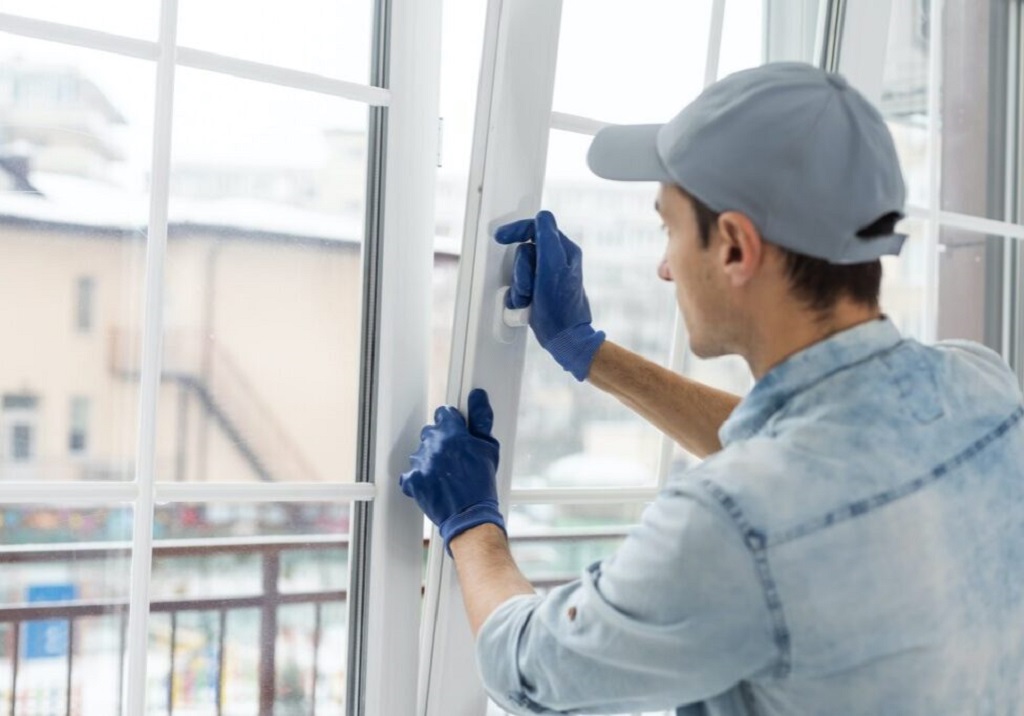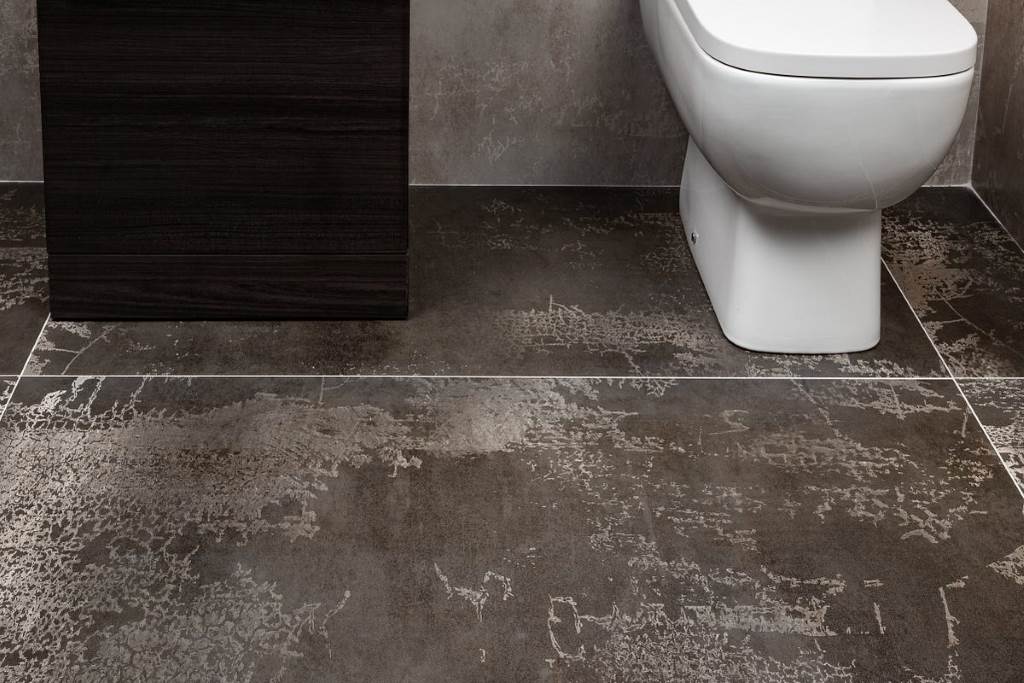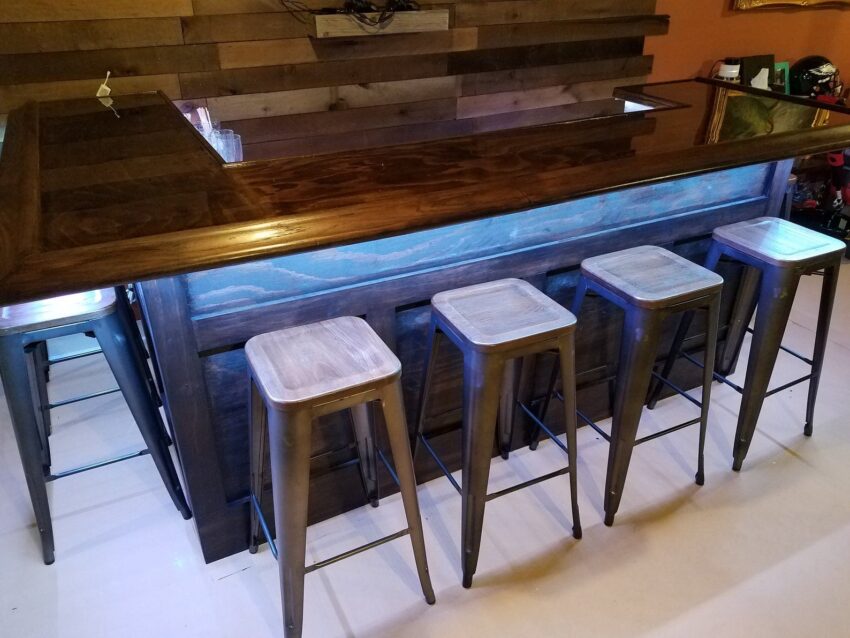Owning a home is a joy, but it also comes with the responsibility of maintaining it. Unexpected repairs are an inevitable part of homeownership, and being financially prepared for them can save you from significant stress and financial strain. This guide explores effective strategies to budget for unexpected home repair costs, ensuring peace of mind and the ability to address issues promptly.
The Reality of Unexpected Repairs
While some repairs, like roof maintenance or appliance replacements, can be somewhat predictable, others can strike like lightning – a burst pipe, a failing furnace, or a cracked foundation. These unexpected events can leave you scrambling if you haven’t planned for them financially.
The Importance of Budgeting
Creating a budget specifically for unexpected home repairs is crucial for responsible homeownership. Here’s why:
-
Reduces Financial Stress: Knowing you have a financial cushion for emergencies prevents unnecessary worry and allows you to focus on resolving the repair issue efficiently.
-
Prevents Debt Accumulation: Unexpected repairs can be expensive. Having a dedicated fund eliminates the need to rely on credit cards or high-interest loans to cover the cost.
-
Ensures Timely Repairs: Addressing repairs promptly minimizes potential damage and prevents further complications that could escalate costs.
How Much Should I Budget?
There’s no one-size-fits-all answer to this question. The amount you need to budget depends on several factors:
-
Value of Your Home: Generally, a higher home value translates to potentially higher repair costs. A common rule of thumb is to allocate 1-3% of your home’s value annually for repairs.
-
Age of Your Home: Older homes are more likely to require repairs due to wear and tear. Consider the age and condition of your home when determining the appropriate amount to budget.
-
Local Housing Market: The cost of repairs can vary depending on your location. Research average repair costs in your area to get a more accurate estimate.
-
Personal Risk Tolerance: Some homeowners prefer a larger safety net, while others may be comfortable with a smaller buffer. Consider your risk tolerance when setting your budget goal.
Building Your Unexpected Repair Fund:
Here are effective strategies to build and maintain your unexpected repair fund:
-
Automatic Transfers: Set up automatic transfers from your checking account to your savings account dedicated to repairs. Even a small amount transferred consistently can grow over time.
-
Review Your Budget: Regularly review your budget and identify areas where you can cut back and redirect those savings toward your repair fund.
-
Consider Windfalls: Treat unexpected income like tax refunds or bonuses as an opportunity to boost your repair fund.
-
Utilize Sinking Funds: If you use a budgeting system like envelope budgeting, consider creating a sinking fund specifically for home repairs.
Alternative Strategies
While building a dedicated fund is ideal, there are alternative strategies to consider:
-
Home Warranty: Purchasing a home warranty can offer some peace of mind by covering specific repairs outlined in the contract. However, carefully review the terms and exclusions before buying.
-
Line of Credit: A home equity line of credit (HELOC) can provide access to funds for repairs when needed. This option requires homeownership and comes with interest charges, so responsible use is crucial.
-
Emergency Savings: In an emergency, you can use your general emergency savings fund to cover repair costs. However, ensure you replenish this fund as soon as possible.
Preventative Maintenance is Key
While budgeting shields you from financial surprises, preventative maintenance is an excellent way to potentially reduce the frequency and cost of unexpected repairs. Here’s what you can do:
-
Schedule Regular Maintenance: Regularly schedule professional inspections for key systems like your HVAC system, roof, and plumbing to identify and address minor issues before they escalate.
-
DIY Maintenance: For those handy with tools, tackle small maintenance tasks yourself, like cleaning gutters or replacing air filters.
-
Invest in Quality Materials: When replacing appliances or fixtures, opt for quality materials that have a longer lifespan.
Related: Home Improvement Financing: Making Your Dream Renovations a Reality
Conclusion: Peace of Mind and a Secure Home
By incorporating these budgeting strategies and preventative maintenance tips, you can effectively prepare for unexpected home repair costs. Taking control of your finances and prioritizing home maintenance ensures peace of mind and allows you to address repairs promptly, protecting your investment and maintaining your home’s value. Remember, a little planning goes a long way in ensuring your home remains a secure and comfortable haven for years to come.





